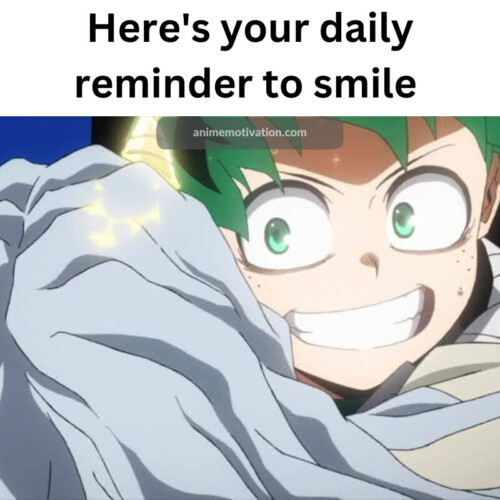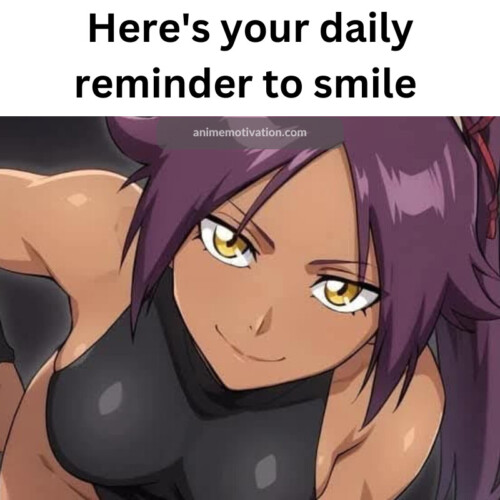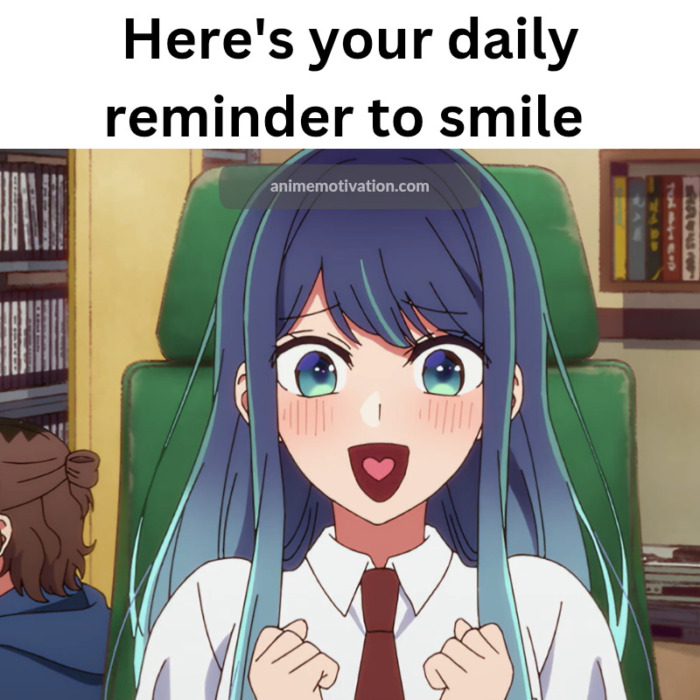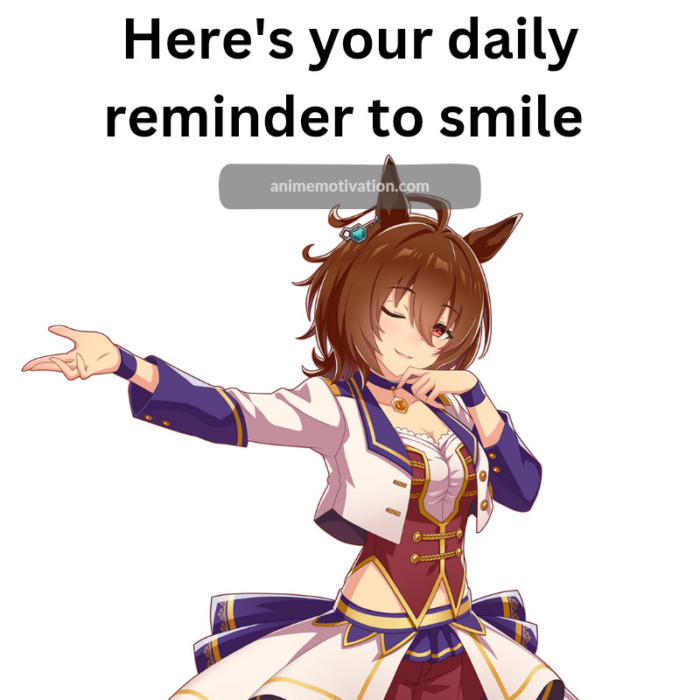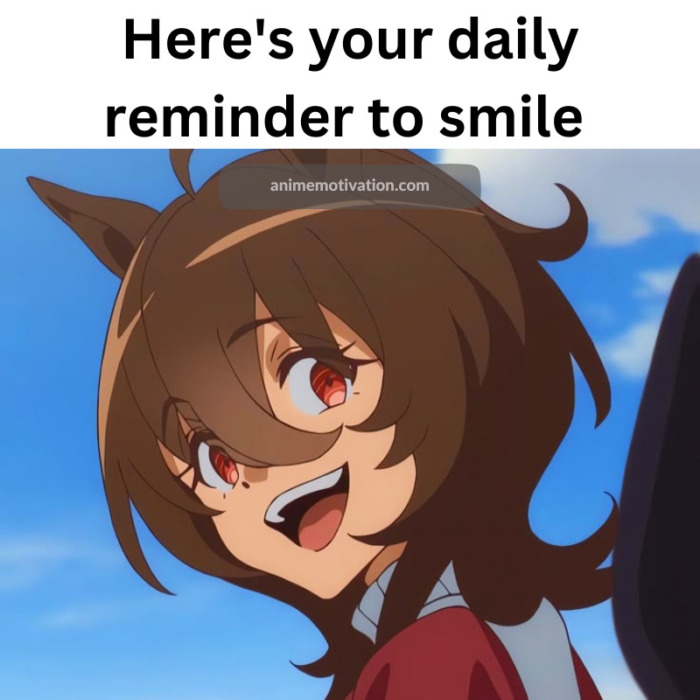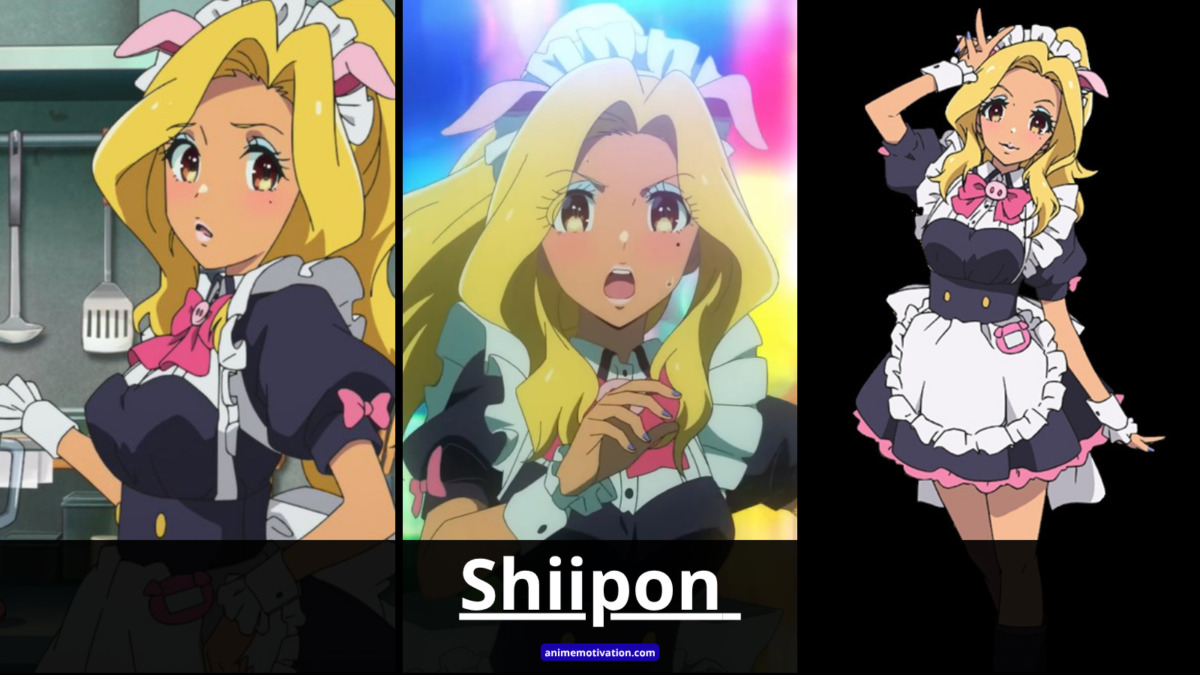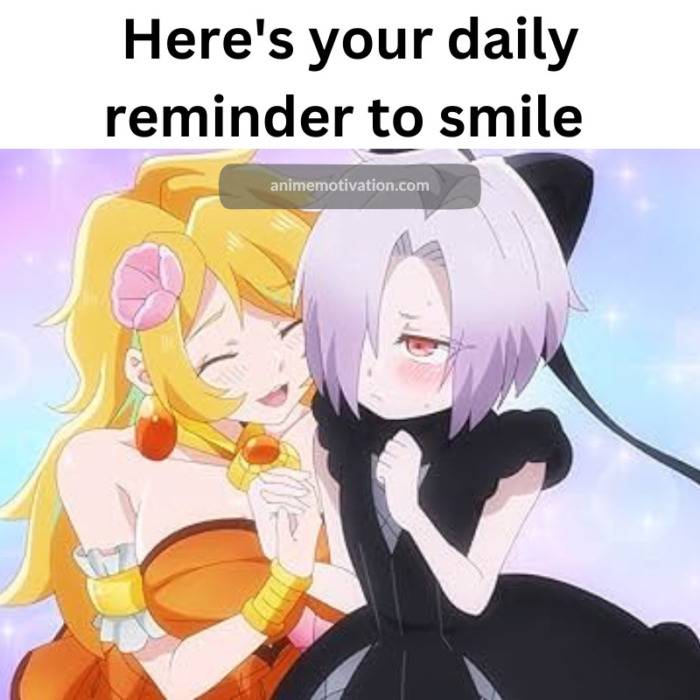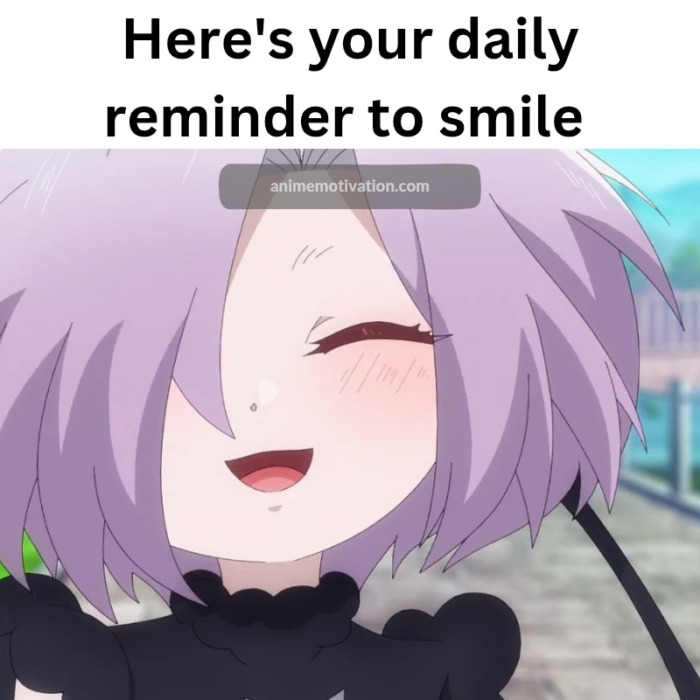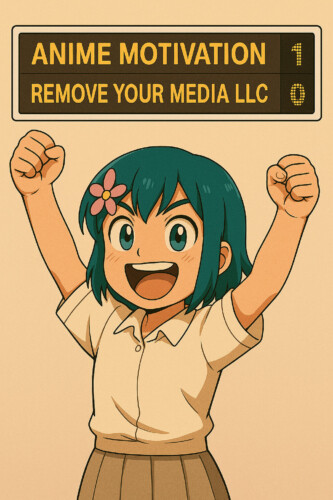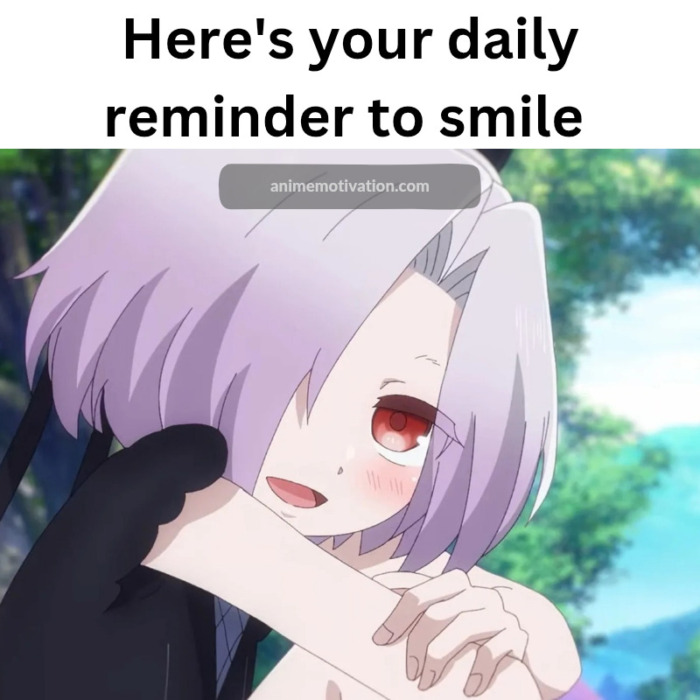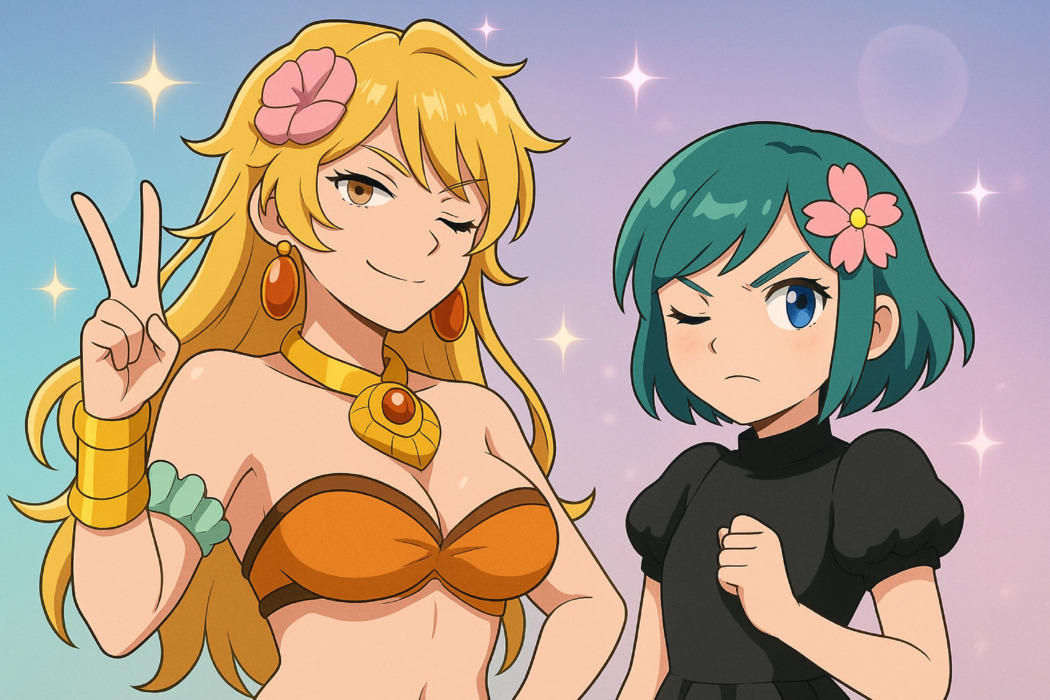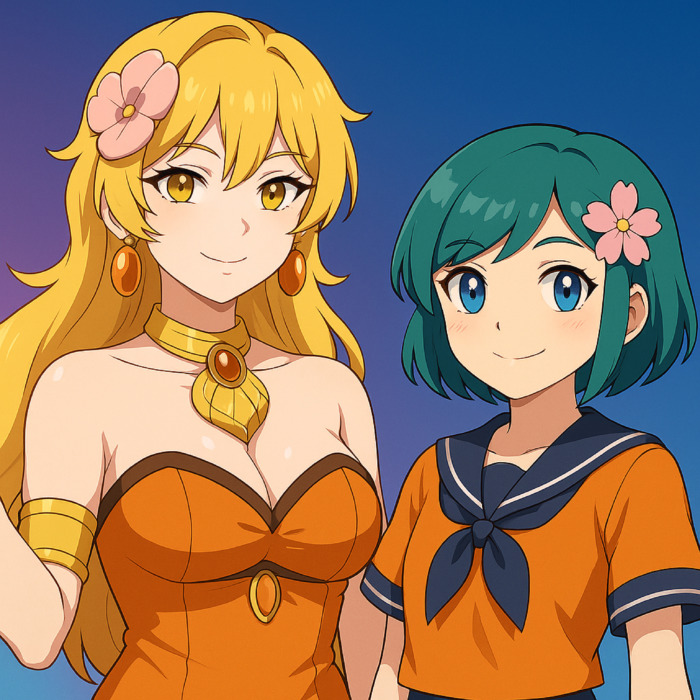There is an appeal when it comes to Tsundere characters, and I’m here to explain it.
A lot of fans find Tsunderes appealing for many reasons:
- It’s a unique trope.
- These characters have their own quirks.
- It’s a trend that caught on.
And there are all kinds of Tsunderes to go around.
Let’s talk about it.
The appeal of Tsunderes:
1. Blushing characters

Have you ever noticed that Tsundere characters BLUSH the most out of any other character type in anime?
It’s not hard to understand why. Tsundere characters aren’t honest with their feelings, and a lot of the time that leads to them blushing when those feelings are confronted, aired out, or when a character points it out to them.
And that leads to all kinds of cliches, tropes, and reactions, all of which become a massive part of the appeal and entertainment a Tsundere brings to the screen.
Besides – blushing anime characters have a charm of their own, no different to women in real life (or people) who may blush in certain situations.
There’s an innocence to it.
2. The “cute” aspect of it

This follows from the last point I made. The appeal of Tsunderes comes down to the cuteness of these female characters.
The same is true for male characters if you’re into that as a female fan or otherwise.
Take a character like Taiga Aisaka for example, or even Shana from Shakugan No Shana. These characters might act out and get outwardly aggressive and defensive, but there’s a cute side to it as well.
This is because it’s so obvious they’re full of it (leading to blushing, see point #1), and in the case of these characters, they’re only small.
That only adds to the cute aspect of it.
Plus the innocence (not always) that comes with it.
3. Meaning the opposite of what they say
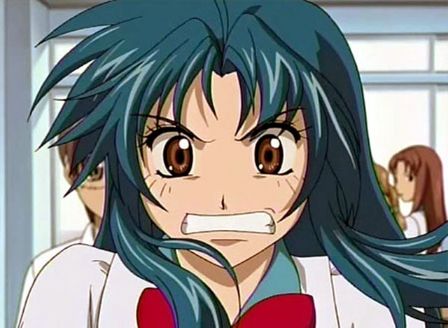
There’s something entertaining about seeing characters on a screen who follow a certain trope, pattern, or cliche, and then seeing those characters say, do and mean the complete opposite of what they feel or say.
Especially because it’s so obvious that they’re doing and saying the opposite of what they truly feel.
Anime has a way of making this aspect of a Tsundere exaggerated, and as a result, more entertaining and fun because of it.
Anime takes the ordinary and makes it extraordinary, and that plays into the Tsundere appeal.
4. The humour and comedy associated with Tsunderes

Following on from the last point, there is more than just regular entertainment when it comes to a Tsundere. It’s the fact that it can absolutely hilarious, funny, comedic, and can kill you from laughter.
It all depends on the scenario, how well it’s played out, how it’s written, and the context, but the effect is usually the same regardless.
That “effect” is how funny it is, and the associated humour only Tsunderes are known to bring to the table.
5. The memorable scenes associated with Tsunderes

One example would be Taiga Aisaka later into the anime Toradora. There are memorable scenes with her and Ryuji Takasu, and this has relevance because she’s a Tsundere and everything that happens before those romantic moments.
The same is true for Misaki Ayuzawa in Maid Sama. Her moments with Usui have the effect they do because of her Tsundere ways that lead to those “special” moments.
They become memorable and can even be the reason for an anime being rated highly at times, but only if its done right.
Plus, not everyone agrees, but enough people do and that’s why Tsunderes have so much appeal and demand.
6. Tried and true cliches that never go out of style

Tsunderes and their associated tropes never go out of style, have no expiration date, and don’t ever seem to be boring.
Of course, this also depends on the quality of the series, the Tsundere, the characters around them, the plot, and how it is written. But even then, that one aspect could be the reason to keep watching an anime or why the anime is appealing at all.
Would Vegeta be as entertaining in his “Tsundere” moments with Bulma if he wasn’t the male Tsundere he is?
Would Shana be as “cute” if not for the progression of her Tsundere ways and her becoming more mature down the road?
What about Chitoge Kirsaki from Nisekoi, would it have as much impact without it?
When done right, it matters. That’s why it has appeal.
Relevant: The 4 Tsundere Wonders, And How They Influenced The Tsundere Trope We See Today
7. The character development a Tsundere goes through

Chitoge Kirisaki is a good example from the anime Nisekoi. She goes through a lot of character development despite the anime only having 2 seasons (in need of a 3rd season).
A better example might be Kaname Chidori from the series Full Metal Panic. As the series progresses, her Tsundere ways calm down a bit, which is to say she becomes more mature and honest with her feelings.
Her and Sosuke Sagara’s relationship make massive progress because of this and other parts of the anime I won’t mention.
The same is true for Inuyasha (the character). His character development with Kagome as a Tsundere is leaps and bounds, and it makes the series all the better.
It helps the appeal of this trope overall.
8. The relatability of a Tsundere

As much as people joke about Tsunderes and the memes you see about it, the truth is that Tsunderes can be relatable rather than just mythical or unrealistic.
How many people in real life say things they don’t mean and do the exact opposite of what they feel? And as a result, end up damaging a relationship, running their chances, or making things more difficult?
It’s called self-sabotage, and it’s a human trait for many.
Many people can relate to this because people can relate to feeling insecure and doing things to “protect” their feelings, even if the logic of it is irrational and unfounded.
9. Seeing Tsunderes get angry

Shana’s classic line from Shakugan No Shana is “Shut up, shut up, shut up!” – this is what she uniquely says and her Tsundere ways play a part in this.
Seeing her get angry is part of the anime’s entertainment in the early stages.
Mikoto Misaka and how she behaves around Touma Kamijou in Railgun is also another example of Tsunderes getting unnecessarily angry because of their own insecurities they can’t admit to.
This is also part of the Tsunderes appeal.
10. Tsunderes and headpats

Following up on the last point, when Touma Kamijou from Railgun finds Misaka later on in season 2 and helps her with her troubles, he pats her on the head as she cries and lets all her pain and trauma out.
There is something about Tsunderes being patted on the head and getting honest with their feelings that has a strong appeal you just can’t deny.
It’s a sign of progress, character development, it helps you relate to the character, and it becomes a memorable moment you never forget.
All of which are points I’ve mentioned already.
11. Tsunderes are flawed

And then there’s the idea of Tsunderes being flawed. They have flaws and insecurities, they make mistakes and sometimes it costs them, they self-sabotage, and they do things that don’t help their chances.
This is no different to what people do in the real world in their lives, and end up having regrets if they don’t act quickly enough to fix the issue, assuming it can be repaired.
When you strip away the comedy aspect of Tsunderes, this is one of the deeper reasons it can be an appealing trope.
–
In the end, a Tsunderes appeal doesn’t happen in isolation. It’s many of these things and more combined that make the trope appealing.
This is a good list and breakdown of what that looks like and why.
Recommended Next:
18+ High School Anime With Tsunderes (Recommended)



